
Episode 2: Apples - Get Crunchin'
Apples are as American as apple pie. Let's look at some cool innovations and research that ARS scientists are conducting to ensure those apples in your shopping cart are fresh, tasty, cost-friendly, and high quality.
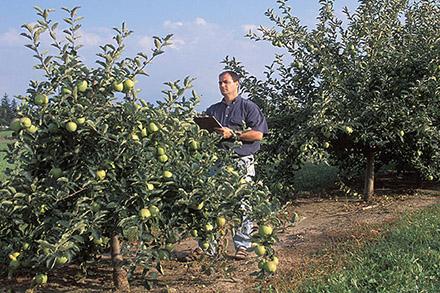
Season 2: Apples: Get Crunchin'
Episode 1: Apple Rootstocks
Did you know that the apple you're eating right now probably came from a rootstock developed by ARS? Our scientists are breeding new rootstocks that are more resistant to pests and diseases, that bear more delicious fruit, and are more ideal for apple growers to pick and prune.
Listen now on: Apple Podcasts, iHeart Radio, Pandora, Spotify, YouTube, and more.
Read more:

Season 2: Apples: Get Crunchin'
Episode 2: Apple Sorting Machine
ARS researchers have developed an in-field apple sorting machine that not only improves apple picking efficiency, but also scans and grades apples. Think of it as a 21st century solution to apple picking and harvesting.
Listen now on: Apple Podcasts, iHeart Radio, Pandora, Spotify, YouTube, and more.
Read more:
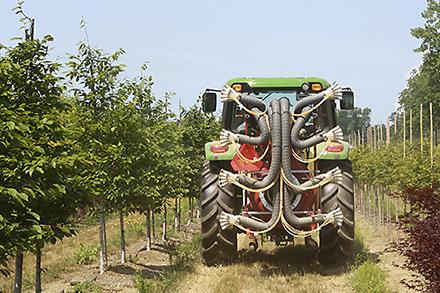
Season 2: Apples: Get Crunchin'
Episode 3: Precision Sprayer
ARS researchers have developed an in-field apple sorting machine that not only improves apple picking efficiency, but also scans and grades apples. Think of it as a 21st century solution to apple picking and harvesting.
Listen now on: Apple Podcasts, iHeart Radio, Pandora, Spotify, YouTube, and more.
Read more:



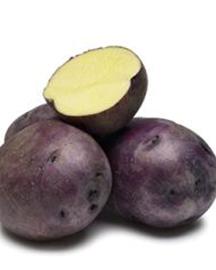




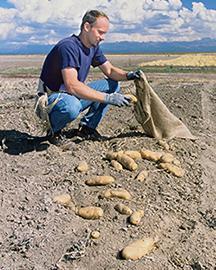

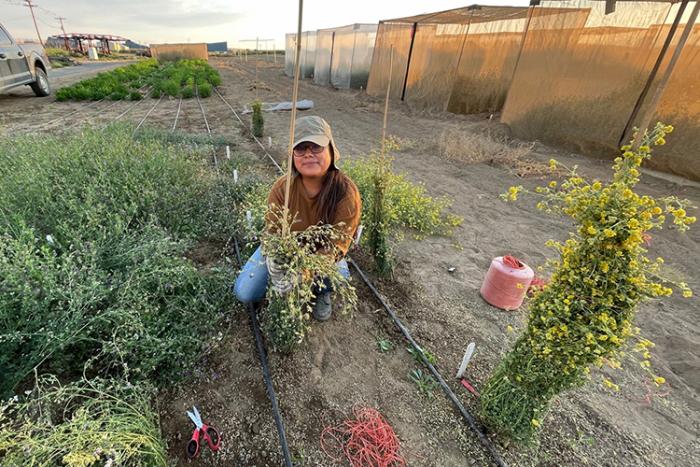
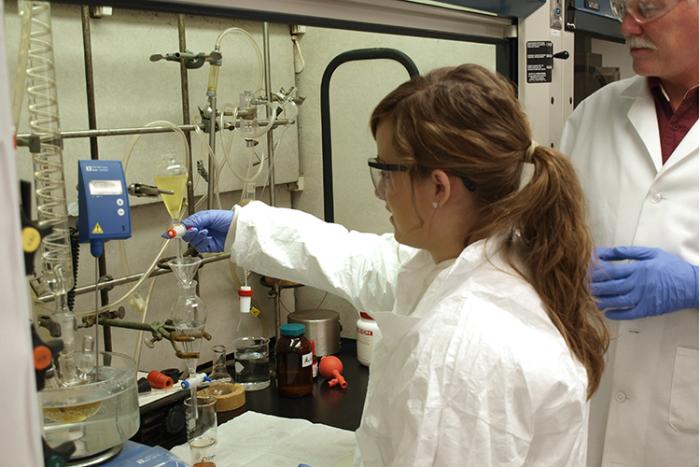
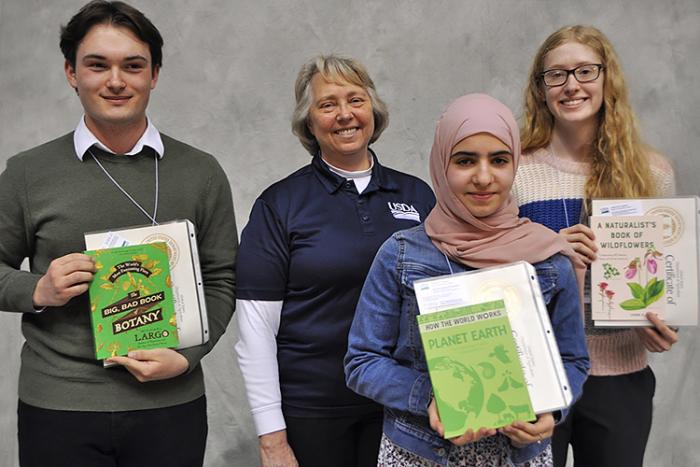
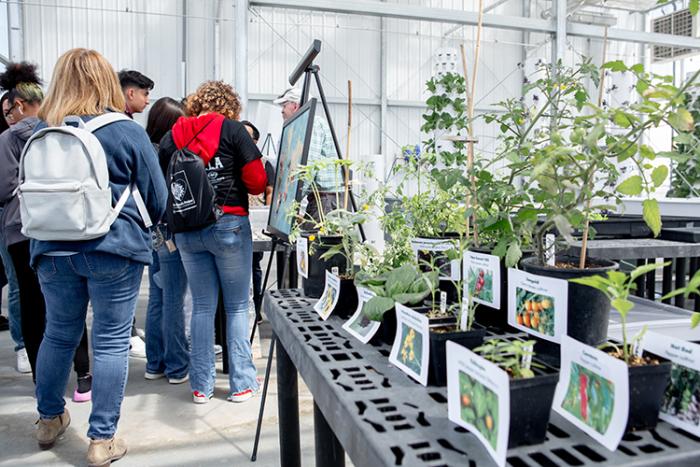
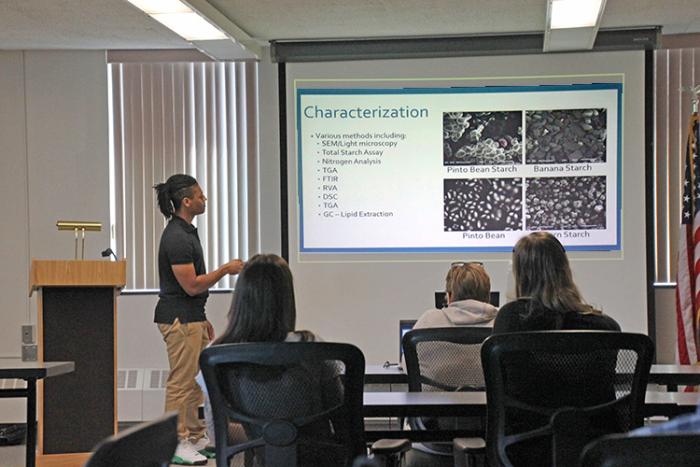
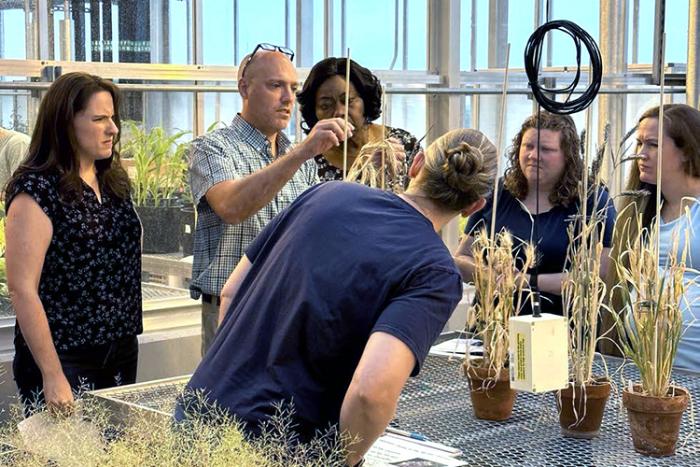
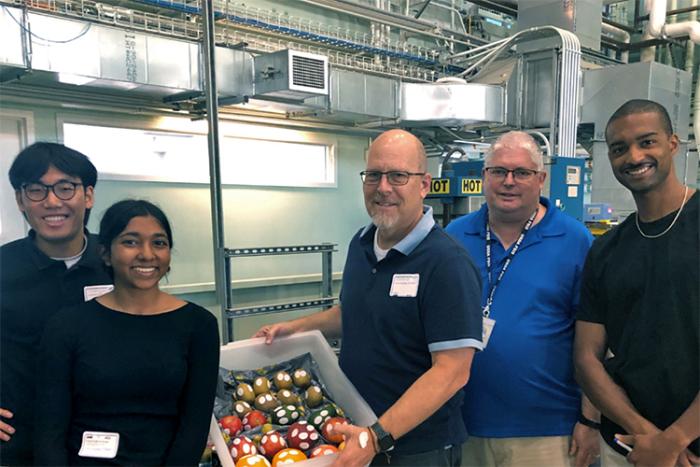



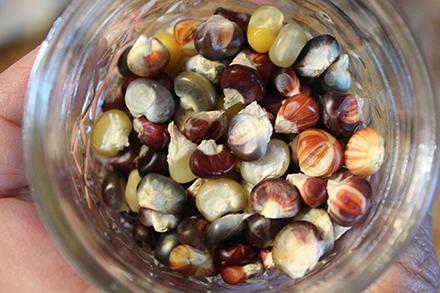


 About the Experiment
About the Experiment


 What You'll Need
What You'll Need
 Let's Do This!
Let's Do This!